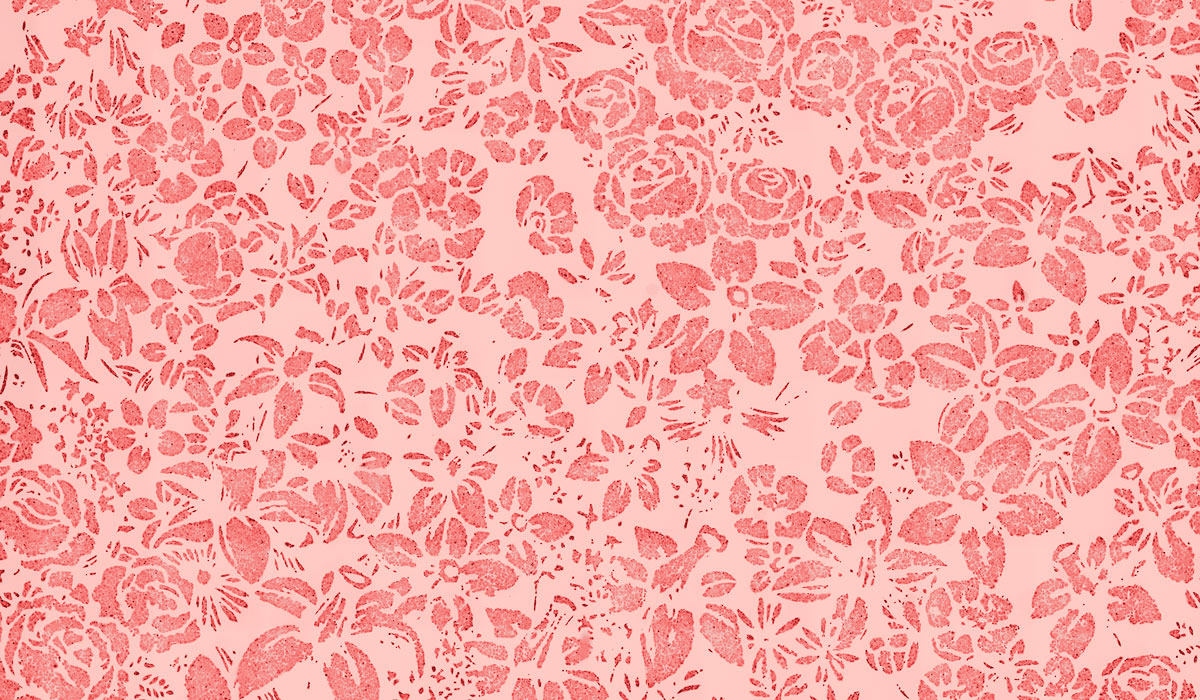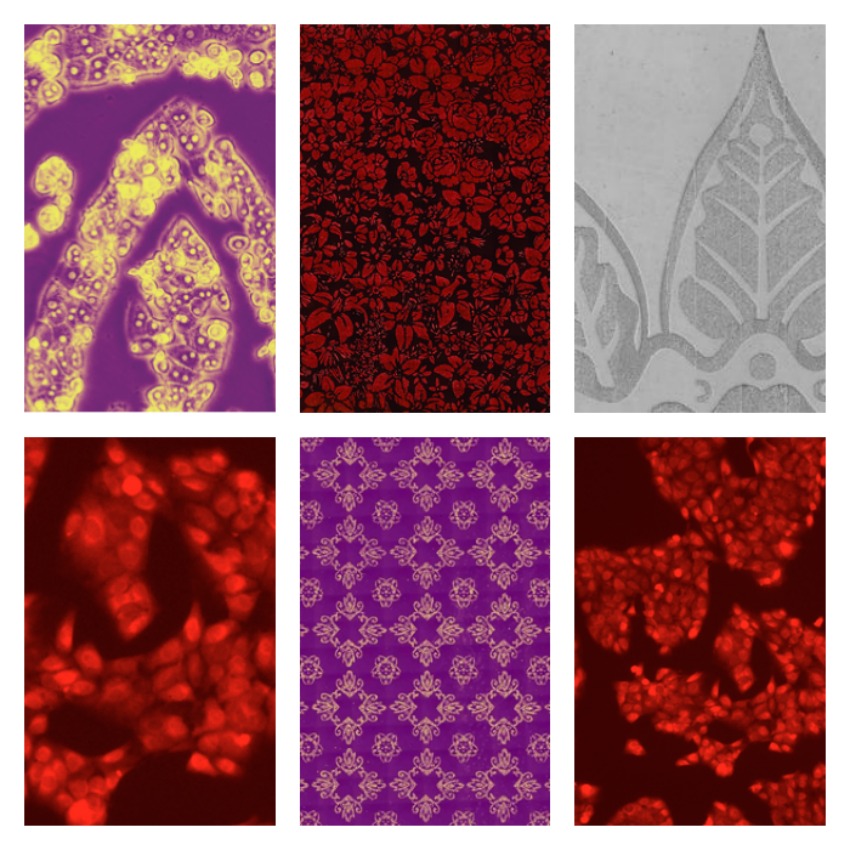MIT Bioengineer and Photographer Team Up to Make Pro-Vaccine Art

“Flowers—The Beauty of Vaccines” © 2014 Vik Muniz. Liver cells infected with the smallpox vaccine virus were used to create this image. Photo provided to bostonmagazine.com.
The World Health Organization estimates that 1.5 million children die each year from vaccine-preventable illnesses. The Art of Saving a Life, a new campaign launched by the charitable Bill and Melinda Gates Foundation, hopes to change that.
Introduced in January, the initiative stresses the importance of vaccines by promoting a series of artworks that showcase the life-saving power of vaccines. The art is slated to debut throughout January. More than 30 artists from around the world have been invited to participate, including Brazilian photographer Vik Muniz. Muniz, a visiting artist at MIT, teamed up with postdoctoral fellow Tal Danino to create images using a most unusual medium: liver cells.
“Basically we came up with this really cool way to pattern cells infected with viruses or bacteria into any kind of shape or pattern that you want,” says Danino, a bioengineer who studies the use of bacteria as a potential treatment or detection agent for cancer.
This sounds like a complicated endeavor but, as Danino explains, the process is fairly straightforward. After the team decides on an image, Danino creates a fine mold (like a rubber stamp, he says) which is then dipped in “ink” composed of a sticky material known as collagen. Then, the mold is stamped onto a dish. Afterwards, Danino adds the vaccine-infected cells, which, thanks to the collagen, bind to the dime-sized image. That image is then photographed with a microscope and printed out at a large scale.
“I think art is a really good way to communicate your research and your science. It’s a very easy way for people to understand what you’re doing,” Danino says. “When you see an image or you see a video, to me it’s a very direct way to convey information without necessarily intimidating people with the details of what is DNA, what is a protein, what is a virus. [It’s] a very effective way to tell stories.”
In promoting “stories” such as Danino’s, the Gates Foundation hopes to lend support to Gavi, an international “vaccine alliance,” which aims to provide “equal access to new and underused vaccines for children living in the world’s poorest countries,” according to its website. With the help of the global community, Gavi seeks to vaccinate some 300 million children worldwide by 2020.
“I love the campaign because it speaks not only to the problem of getting vaccines to the developing world, but also here in the U.S. there’s so much weird stuff going on with people not vaccinating their kids,” Danino says. “It helps to sort of indirectly start to tackle [that problem] and develop awareness among people who are spreading those kind of messages.”
Below, a selection of Muniz and Danino’s artwork:



